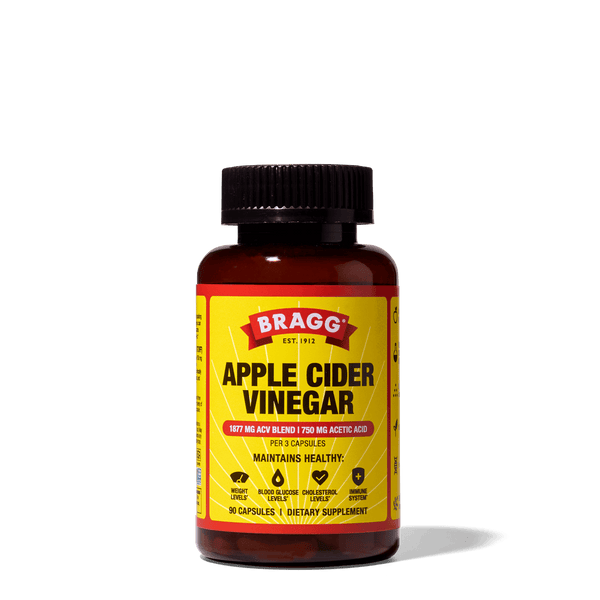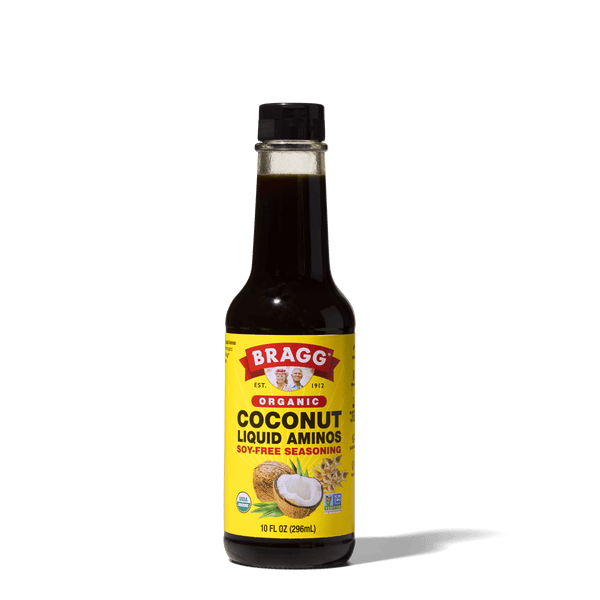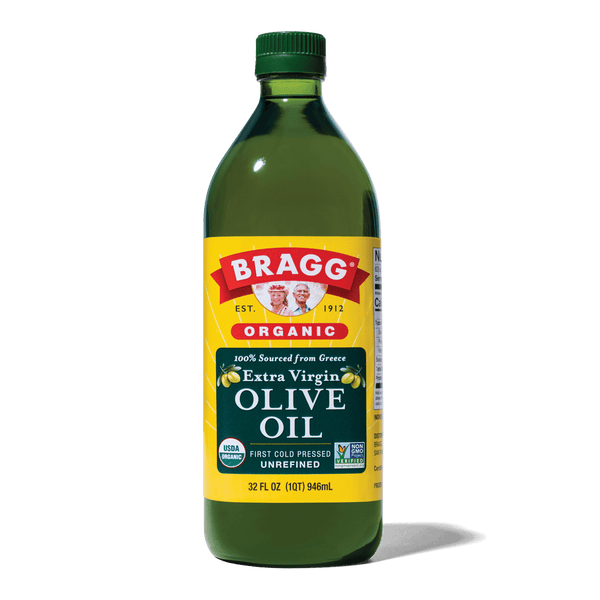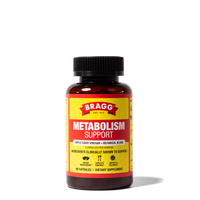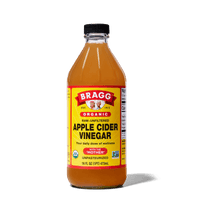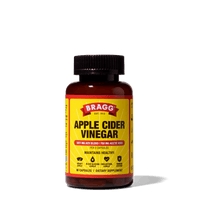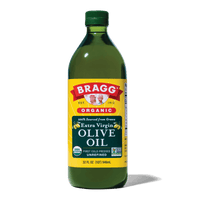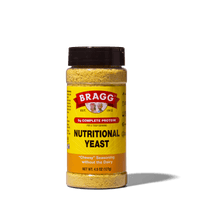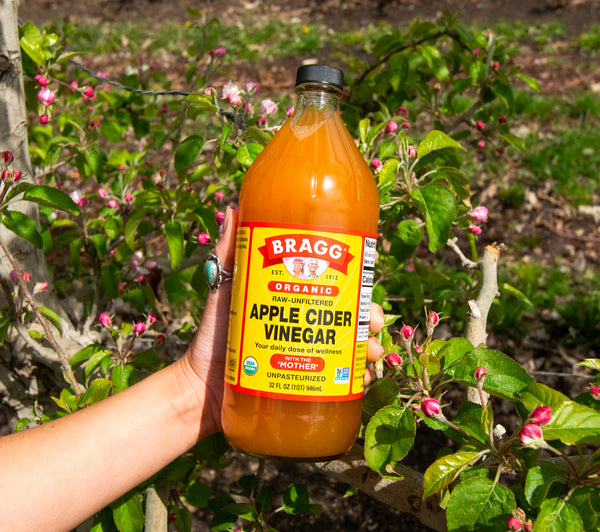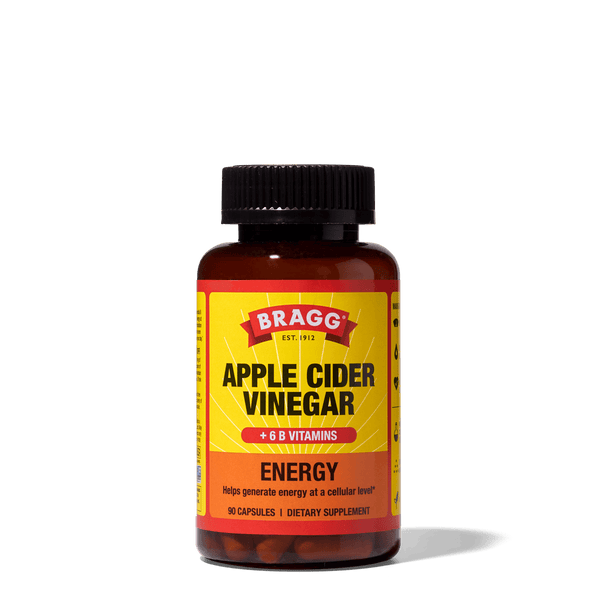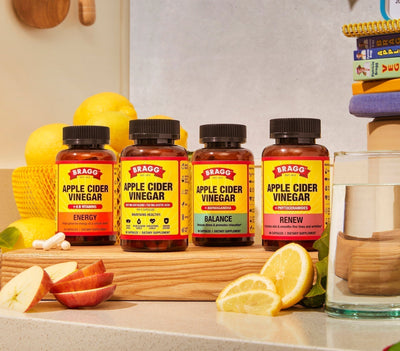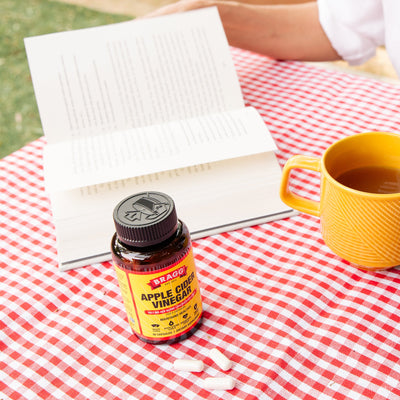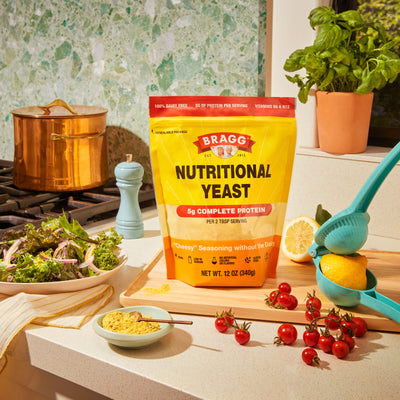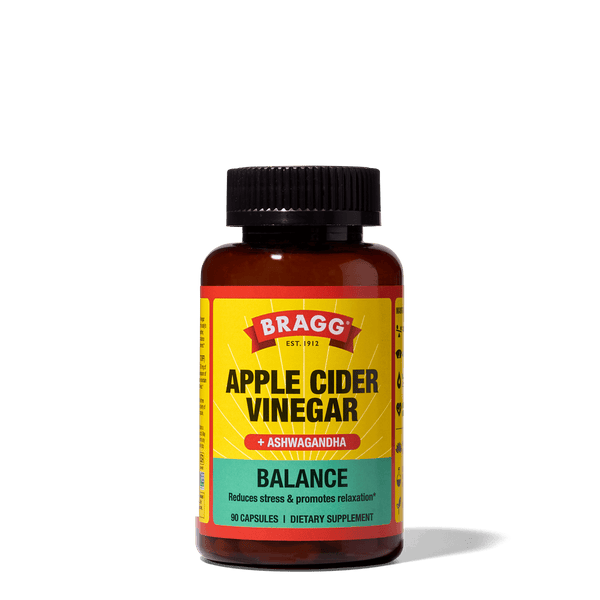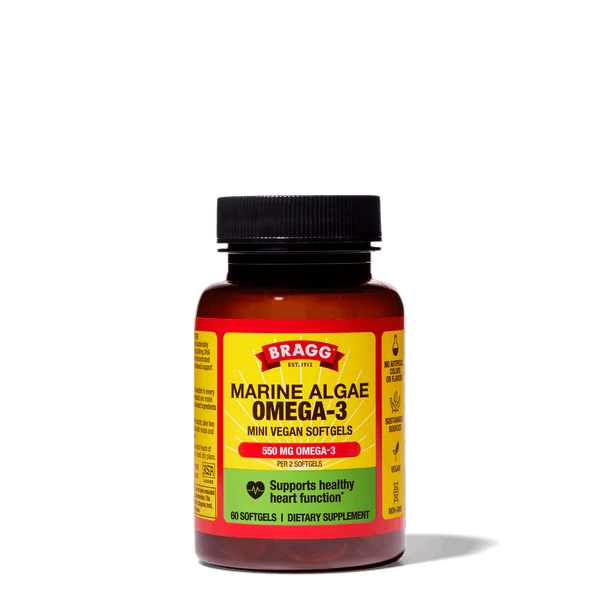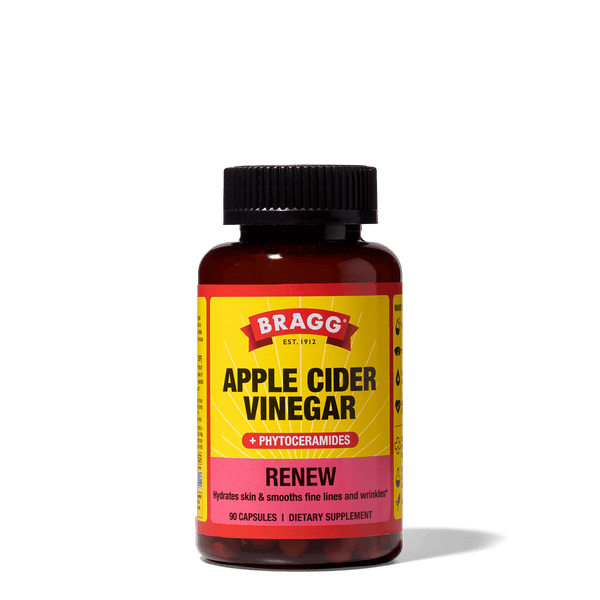On social media, being what it is, there’s been some recent false chatter swirling around that we changed our Apple Cider Vinegar recipe. We have good news – we have NOT changed our decades-old recipe!
At Bragg, our core values are to be bold, collaborative, open, engaged, and proud. These values apply to everything we do, including creating our original and new products, and inform how our team works to help you live a vibrant, healthy life. This is the standard our founder Paul Bragg intended 100 years ago when he created the company.
As part of our mission and values, we take great pride in maintaining the highest quality standards of our products, including delivering a 5% acidity for all our apple cider vinegar.
So why 5% acidity? How is that achieved? And why is that 5% level so important?
Let’s start with the FDA guidelines establishing a minimum of 4% acidity for vinegar (apple cider included). This is the minimal acetic strength for vinegar to be called vinegar. Most vinegar, in general, contains 4-8% acetic acid (the type of acid in vinegar).
We rely on nature to guide this centuries-old fermentation process. By ensuring our apple cider vinegar is consistently at 5% acidity, you can be confident that: 1.) each tablespoon of Bragg ACV provides 750 mg of Acetic Acid, the amount clinically proven to provide essential health benefits; 2.) you will have the same experience with every bottle. Imagine if some bottles of Bragg vinegar had 6% or 7% acidity and others 5%. That is a tremendous variation! Without consistent acidity, home cooking, cleaning product ratios, aroma, and mixing your daily dose of wellness would be difficult. Your food would taste different, the cleaning solutions would have various effects, and your daily dose would never feel the same.
Variation is inherent in any natural fermentation process, be it wine, apples, rice, etc. To ensure a consistency within the industry, the vinegar industry set a standard of 5% acidity for a finished product as a general industry practice. The ACV industry standard of 5% ensures a consistent taste, mouthfeel, and health benefits and is vital in the critical role vinegar plays in food preservation (pickling).
The production methods and product strength have remained the same since we began production decades ago. We use fresh-pressed and juiced organic apples and then stand back and let nature take over. Naturally occurring yeast starts the fermentation of sugars in the apple juice and converts it to alcohol. Fermentation into ACV occurs when the naturally present “Mother” transforms that alcohol into Acetic Acid. That’s fermentation, the same process for beer or wine and any other type of vinegar. During this natural process, some batches might end up at 5.3% acid and others at 5.1%. As a result, vinegar producers add a small amount of water at the time of bottling to create a consistent level of 5% acidity (similar to practices used in making beer, wine, spirits, and other fermented food or beverage).
Our vinegar has been produced, bottled, and sold at a 5% acid level for decades. Because apple cider vinegar is a natural product, its appearance varies depending on the variety of apples used during fermentation. Each apple you see in your local grocery store looks different -- the U.S. grows 2,500 varieties of apples – however the variation in color between apples DOES NOT affect the benefits within. The same holds for our vinegar; the vinegar color does not indicate the product's acid level, taste, or health benefits. Here at Bragg, we have a Quality Assurance team who continuously tests our apple cider vinegar products to ensure they meet that 5% acidity standard. We take great pride in the collaboration between our team and partners to ensure every Bragg bottle meets our strict quality standards.
The many benefits of ACVs and the science behind them are well documented. Many clinical studies highlight the benefits of consuming 750 mg of Acetic Acid. This is possible with one tablespoon of 5% acidity ACV per day, courtesy of “the Mother”. Paul and Patricia were influential in educating the public about unpasteurized vinegar with “the Mother”. Clinical human studies have suggested that one tablespoon (15 mL) of vinegar at 5% acidity has shown effects on gut sugar and carbohydrate absorption. Studies show that 750 mg of acetic acid per day helps control and maintain a healthy weight, decrease blood glucose spikes, maintain a healthy cholesterol level, and more!
To sum it up, we have not changed our decades-old recipe that brings you the exceptional health benefits of Apple Cider Vinegar that you have come to love and trust.

